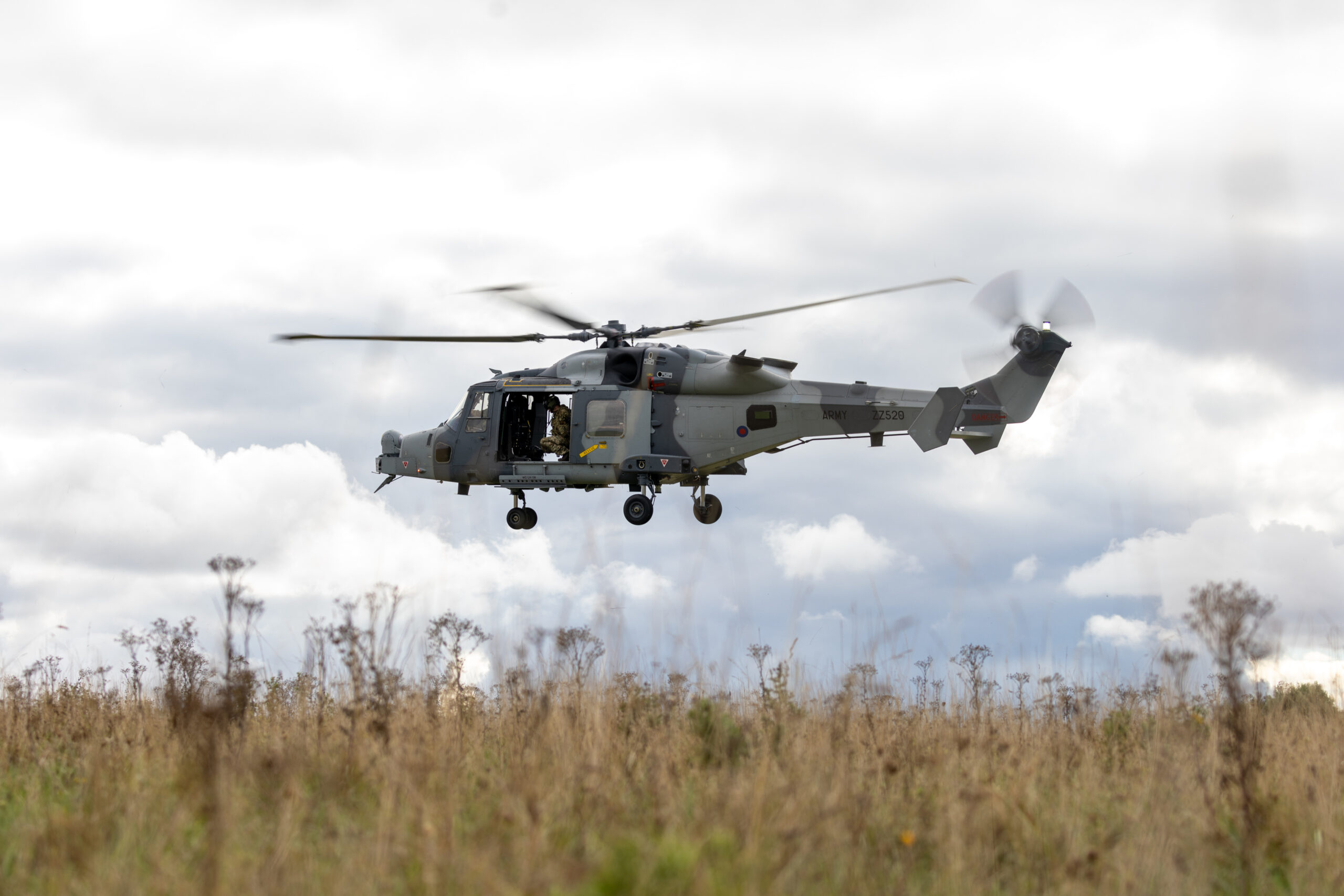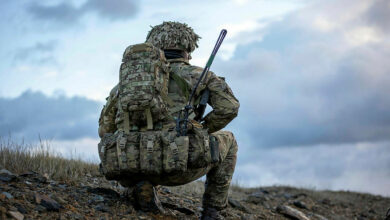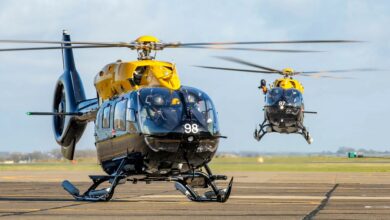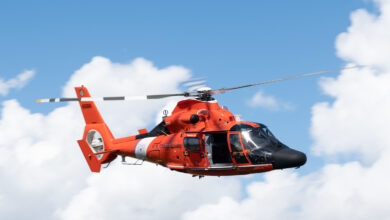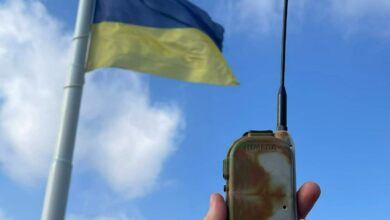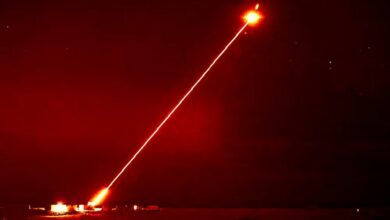The British Army and Royal Navy have tested a new solution allowing military aircraft to share crucial information on the battlefield.
As part of the tactical data link (TDL) project, the services fitted two separate but mutually reinforcing data links on Wildcat helicopters to share battlefield data more effectively.
The effort would reportedly help the army neutralize targets at speed and increase the Wildcat’s potency as a reconnaissance platform, transforming British choppers into a more lethal “eye in the sky.”
“What this project is seeking to do is link a battlefield reconnaissance helicopter into the Bowman Data Network, which means we’ll be able to share digital information about the positions of the enemy,” 1st Aviation Brigade Combat Team Colonel Oliver Stead said.
He added that a Wildcat helicopter fitted with the new solution could identify an enemy vehicle or location and transmit the data to other friendly aircraft.
Reducing Reliance on Voice Communications
According to the British Army, the TDL will complement the sensor suite installed on Wildcat helicopters.
It would reduce reliance on voice communications, which can be error-prone and time-consuming.
The link could also increase the aircraft’s ability to operate within wider digitized networks, providing better protection for air, land, and maritime assets.

“The goal is to tie it into the artillery fire control system so they can then prosecute the target or to send it to other users who would do that,” Stead explained.
He also noted that the TDL-equipped Wildcat could work alongside the UK’s latest attack helicopter to enhance the army’s attack and reconnaissance capabilities significantly.
It reportedly reduces “the time it takes to pass targeting information around the battlespace and thus increase the speed at which the Apache’s firepower can be brought to bear.”

